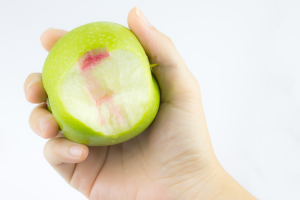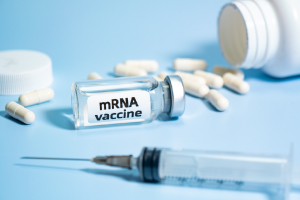

Amblyopia is a vision problem that causes one eye (less commonly both eyes) to form a hazy image. This makes your vision uneven and blurry. It is also known as the “lazy eye” as the person has no control on the vision of the affected eye. Amblyopia treatment at an early age is crucial, or the kid may not have healthy, normal vision.
Continue reading to understand what amblyopia is and what are its symptoms. Moreover, explore treatment options, and necessary tests to fix your child’s vision problems when there’s still time.
What is Amblyopia?
Amblyopia or lazy eye is a medical condition that affects the muscle movement of mostly one eye. When somebody with a lazy eye tries to look straight, one of their eyes seems to be drifting off while the other eye stays focused. This happens due to the misalignment of the muscles in the two eyes, making it harder for eyes to work like a team and form a clear, sharp image. So the brain stops taking signals from the lazy eye, further declining the vision sharpness of the affected eye with time.
Lazy eye condition develops very early in life, occurring anytime from birth till the age of 7. It is uncommon to develop it in adulthood, unless there has been an underlying injury. Moreover, the StatPearls data shows that only 2% to 4% of children have one lazy eye and having it in both eyes is very rare.
Common Lazy Eye Symptoms
Here are some of the common symptoms that kids with lazy eye display:
- Frequent squinting
- Frequent blinking
- Shutting one eye
- Titling head to get clear view
- Having crossed eyes
- Droppy eyelids
- Small kids may or toddlers may bump into objects of on one side of their body
Tests for Lazy Eye
A lot of kids who develop lazy eyes are too young to convey their vision issues. Therefore, they should have regular health checkups with an ophthalmologist to assess their eyesight. There are many tests that can detect symptoms of lazy eyes such as:
- Optokinetic nystagmus
- Optical tracking
- Corneal topography
- Neutral density filter testing
- Photoscreening
- Visual evoked potentials
- Autorefraction
Effective Amblyopia Treatment
The eyecare doctor will aim to treat lazy eye by making the child’s brain use the affected eye more. For that, the following strategies are suggested:
Eye Patch: Amblyopia eye patches are worn on the good eye to block its view so that the brain can force the weaker or lazy eye to work more effectively. This can strengthen the amblyopic eye.
Vision Glasses: Vision glasses are recommended when the kid has refraction problems in the eye.
Eye Drops: Eye drops such as atropine can temporarily make the strong eye blurry so that the brain can make the muscles of the weaker eye work harder. These drops are safe and won’t do any damage to the eyes.
Surgery: Finally, surgery can help fix the structural issues with the amblyopic eye and permanently improve vision quality in the cases of cataracts, muscle weakness or refractive issues.
To Sum Up
Amblyopia or lazy eye usually affects only one eye and happens to kids. If not treated, it can lead to serious eye issues or even loss of vision after some time. Take your child for regular checkups to assess their eye health and seek proper treatment that involves wearing eyepatch, prescription glasses, using eye drops, and surgery. This information can help fix vision issues early and prevent further loss.




